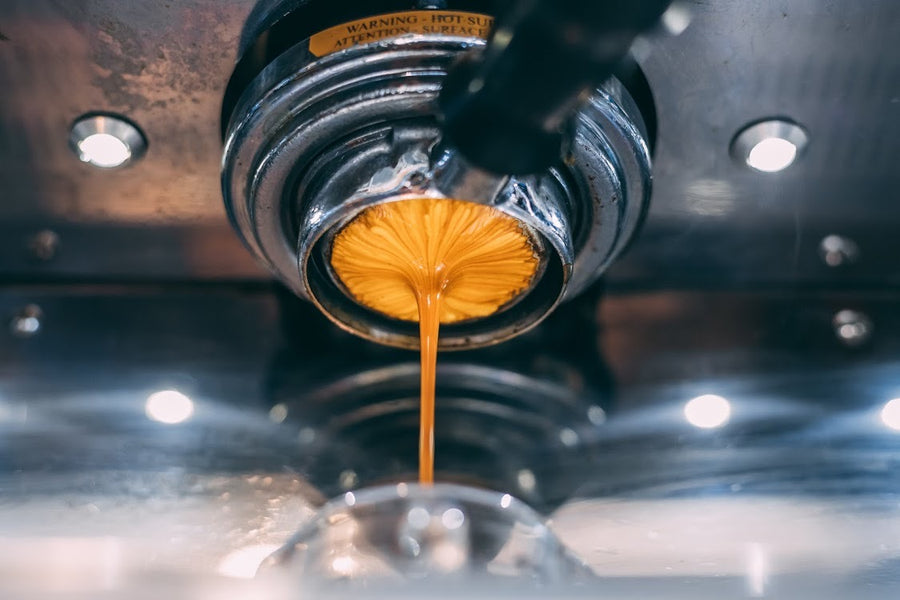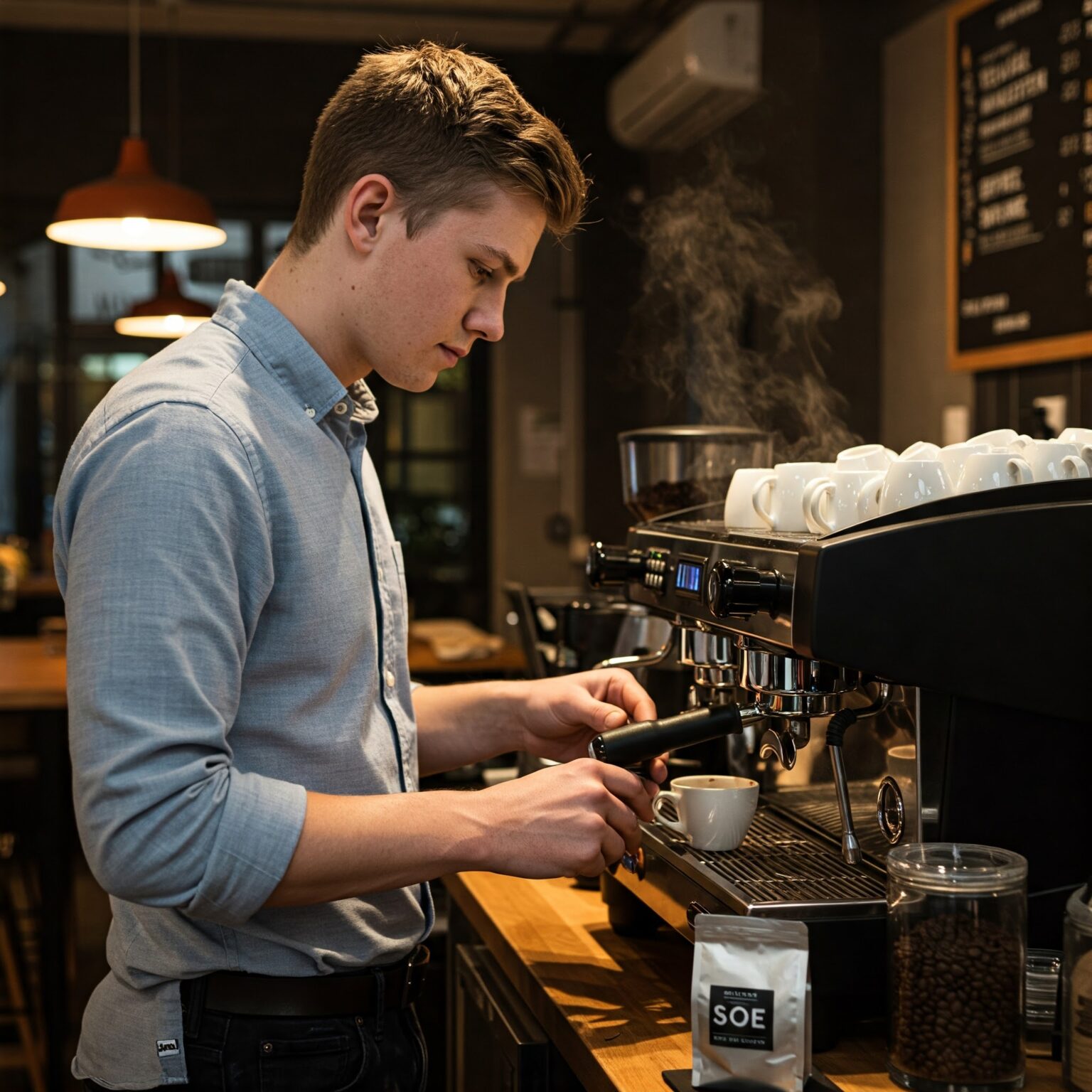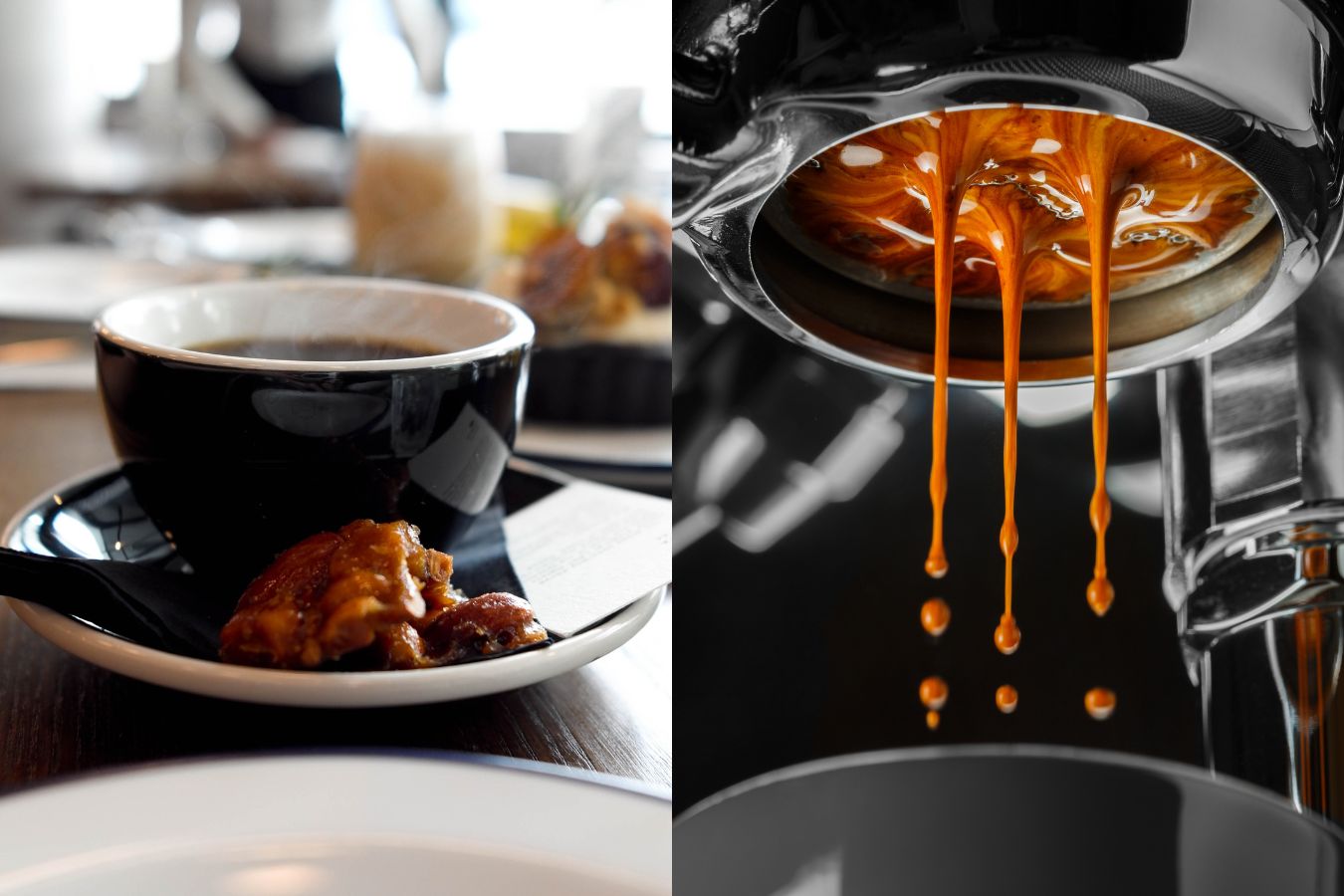Brewing Tips to Get the Best Out of SOE Single Origin Espresso
Brewing Tips to Get the Best Out of SOE Single Origin Espresso
Blog Article
Exploring the Abundant Flavors of Coffee Beans: a Deep Study Coffee and Blended Coffee Beans
When you explore the abundant tastes of coffee beans, you reveal an intricate world where each selection brings its very own character to your cup. Recognizing the beginnings, processing methods, and toasting methods can transform your coffee experience. As you navigate via the art of coffee and the imagination behind blended coffees, you'll start to appreciate the nuances that make each sip special. What you'll discover following may change the way you appreciate your morning mixture.
The Origins of Coffee Beans: Discovering Terroir and Taste Profiles
When you take a sip of coffee, you're not just appreciating a drink; you're experiencing a rich tapestry of flavors shaped by the beans' beginnings. Each area generates one-of-a-kind taste accounts affected by altitude, climate, and soil. Beans from Ethiopia typically break with bright, fruity notes, while those from Colombia often tend to offer a well balanced, nutty sweetness.
As you discover various origins, you'll notice just how terroir-- the environmental factors influencing a plant-- plays a vital function - Single Origin Espresso. The same coffee range can taste significantly various depending on where it's expanded
When you take into consideration these elements, you begin to value the intricacy behind your cup. Each sip tells a story of the land and the farmers that nurtured the beans. Following time you indulge, assume about the trip your coffee took prior to it reached your hands, and savor those elaborate flavors that show its beginning.
Comprehending Espresso: The Art and Science Behind the Brew
When you think about espresso, it's not almost the solid taste; it's likewise concerning the strategies that bring it to life. Recognizing exactly how different preparation approaches influence preference can transform your brewing experience. Allow's check out the details of coffee prep work and discover the one-of-a-kind taste profiles that make each mug special.
Espresso Prep Work Methods
Espresso prep work is both a scientific research and an art, incorporating accurate methods with a deep understanding of coffee. To start, you'll desire to choose high-grade, newly baked beans and grind them carefully for optimal extraction (Single Origin Espresso). The work size is vital; also rugged, and your espresso will certainly be weak, too great, and it'll be bitter
Next, tamp the premises evenly in the portafilter to assure uniform extraction. When you secure it into the machine, go for a brewing temperature level in between 190 ° F and 205 °
F.As you pull the shot, expect the ideal removal time-- around 25-30 seconds. The outcome ought to be a rich, creamy coffee with an attractive layer of crema on the top. With practice, you'll grasp these techniques.
Flavor Accounts Discussed
The globe of coffee supplies a rich tapestry of flavor accounts that can boost your coffee experience. Light roasts frequently display brilliant level of acidity and lively tastes, while dark roasts existing much deeper, bolder tones.
A well-crafted blend might balance the brilliant notes of an Ethiopian bean with the rich, chocolatey undertones of a Brazilian bean. Embrace the trip of finding espresso's varied tastes, and you'll change your coffee routine right into an interesting adventure.
Handling Approaches: Exactly How They Influence Taste and Fragrance
While it may appear that the beginning of coffee beans is one of the most considerable aspect in determining their flavor and fragrance, the processing approaches utilized post-harvest play a similarly important function. You'll discover that these techniques can dramatically modify the last preference profile of your mug.
As an example, the washed procedure eliminates the fruit from the beans before fermentation, often bring about a cleaner, brighter flavor. Meanwhile, the all-natural process leaves the fruit intact during drying, leading to a sweeter, fruitier profile.
Other techniques, like honey processing, strike an equilibrium, enabling some fruit mucilage to stay, supplying an one-of-a-kind complexity.
Each handling technique communicates with the beans' intrinsic characteristics, improving or muting specific tastes and fragrances. So, when you sip that coffee or blended coffee, bear in mind that the journey from cherry to cup is affected not just by beginning but likewise by how those beans were processed.
Roasting Strategies: Opening the Full Possible of Coffee Beans
Roasting methods are important for exposing the full capacity of coffee beans, as they transform raw, environment-friendly beans right into the fragrant, delicious coffee you enjoy. The choice of toasting technique-- light, tool, or dark-- dramatically influences flavor accounts.
You can try out roasting times and temperatures to find your ideal brew. A slower roast at lower temperatures allows for complex flavors to develop, while a quicker roast can escalate bitterness. Take note of the fractures during roasting; the first fracture indicates a light roast, while the second split signals a dark roast. By understanding these strategies, you'll expose a world of taste, boosting your coffee experience to brand-new heights. Enjoy every sip, recognizing the care that entered into your cup!
The Magic of Blended Coffee: Producing Special Flavor Experiences
Developing an one-of-a-kind flavor experience with combined coffee can transform your early morning ritual into an expedition of preference. By integrating different beans from numerous regions, you can disclose a symphony of tastes that raise your mug to new heights. Each blend deals a distinct account, balancing acidity, sweet taste, and body to develop something genuinely special.
When you select a mix, you're not just choosing a coffee; you're choosing a trip across diverse landscapes and societies. Trying out different combinations enables you to find your personal faves, whether you enjoy fruity notes or rich, chocolatey undertones.

Sampling Notes: Identifying the Nuances in Your Cup
As you drink your coffee, you could notice a spectrum of tastes dancing on your taste, each revealing the intricacies of the beans. You might taste the intense acidity similar to citrus or the deep, rich notes akin to dark chocolate. The sweetness might stimulate honey or sugar, balancing the total profile magnificently.
Pay attention to the body of the coffee-- does it feel light and airy, or is it full and luscious? The finish, too, uses hints; a remaining aftertaste might hint at nuttiness or floral undertones.

Do not forget to explore the unique qualities of various origins, as each area passes on distinctive flavors - Single Origin Espresso. Ethiopian coffees frequently existing fruity notes, while Colombian beans may display a much more rounded sweetness. By identifying these nuances, you'll strengthen your gratitude for each mug, raising your coffee experience to brand-new elevations

Brewing Methods: Making Best Use Of Flavor Extraction for Every Bean
When you discover the different brewing approaches, you'll find that each method can considerably affect the flavor account of your coffee. From French press to pour-over, each technique removes various substances, improving or silencing certain notes. Making use of a French press allows oils to continue to be in the brew, producing a richer taste, while pour-over stresses clarity and illumination.
Temperature and grind dimension also play essential functions. A coarser grind works best for chilly mixtures, while a great grind is perfect for coffee. Trying out water temperature-- in between 195 ° F and 205 ° F-- can disclose surprise flavors, too.
Don't forget soaking time; a quick extraction can lead to sour notes, while over-extraction might yield anger. By changing these variables, you can take full advantage of flavor removal and absolutely raise your coffee experience. Take pleasure in the journey SOE of discovering what method ideal fits your palate!
Frequently Asked Concerns
What Is the Suitable Water Temperature for Brewing Coffee?
The ideal water temperature for developing coffee's in between 195 ° F and 205 ° F. If you make use of water that's also warm, you'll over-extract tastes; as well chilly, and you will not extract enough. Goal for that sweet spot for the very best mixture!
Exactly How Does Work Dimension Influence Coffee Taste?
Work size significantly impacts coffee flavor. Finer grinds remove extra oils and flavors, leading to a bolder taste, while coarser grinds yield a lighter flavor. Adjusting work dimension helps you achieve your desired coffee account.
Exist Health And Wellness Advantages Related To Drinking Coffee?

What Is the Difference Between Arabica and Robusta Beans?
Arabica beans are smoother and sweeter, commonly featuring fruity tastes, while robusta beans are stronger with a bitter preference and higher high levels of caffeine web content. You'll see these differences in fragrance and brewing experience.
Exactly How Can I Shop Coffee Beans for Quality?
To save coffee beans for quality, maintain them in a closed container, away from light, warm, and moisture. You'll preserve their flavor much longer if you only grind what you require right prior to brewing.
Discovering the Abundant Flavors of Coffee Beans: a Deep Dive Into Coffee and Blended Coffee Beans.
When you check out the rich tastes of coffee beans, you uncover an intricate globe where each variety brings its very own personality to your cup.When you take a sip of coffee, you're not simply appreciating a drink; you're experiencing a rich tapestry of tastes shaped by the beans' beginnings.Roasting techniques are necessary for revealing the complete capacity of coffee beans, as they change raw, environment-friendly beans into the fragrant, delicious coffee you delight in.As you drink your coffee, you might discover a range of tastes dancing on your taste, each revealing the complexities of the beans.
Report this page